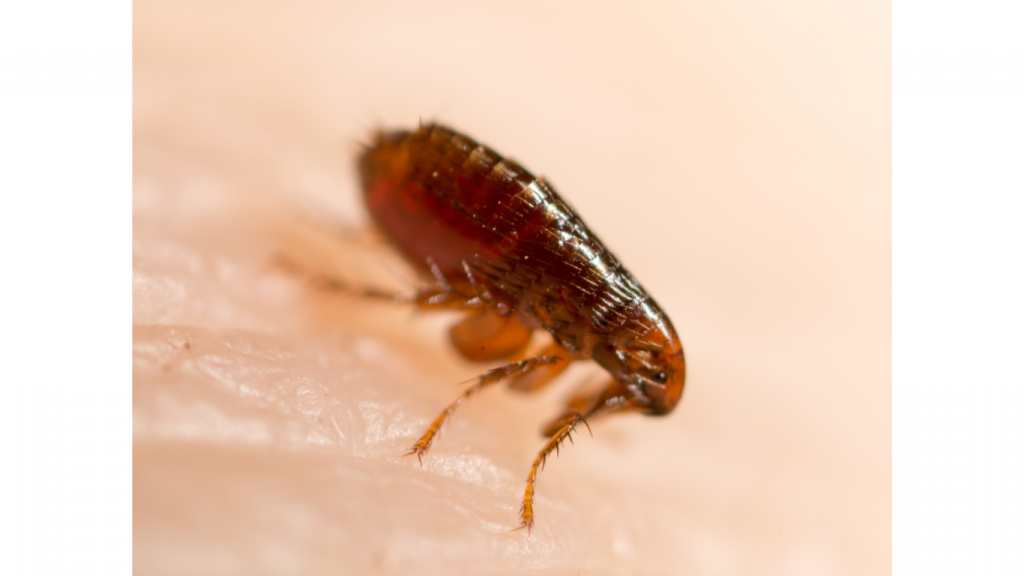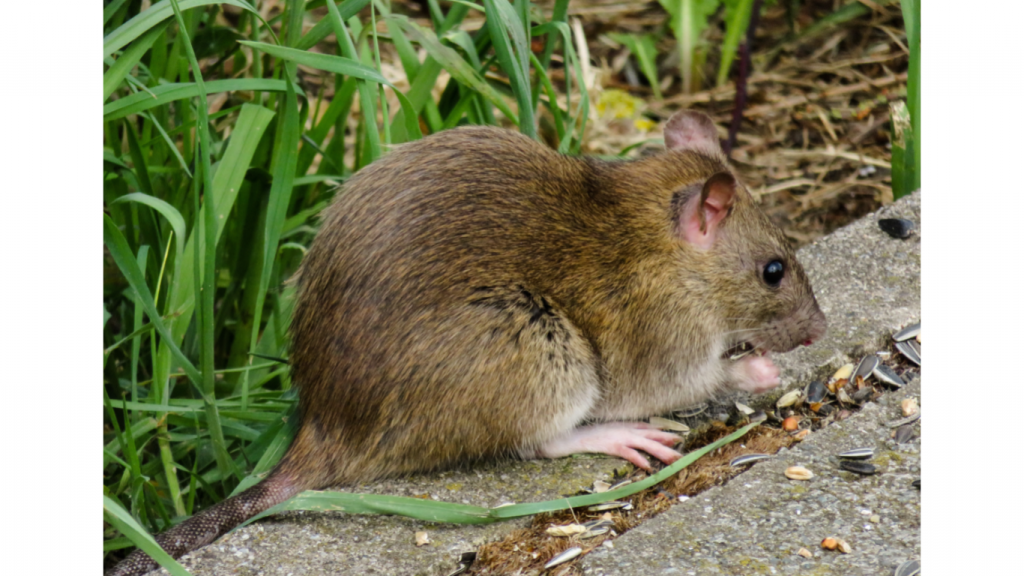Flea Pests

General Information
The most common species of flea is the cat flea, well known for readily biting humans. Human fleas are extremely rare. Adult fleas are small wingless insects, flattened and red-brown in colour. They have backwardly directed spines and legs designed for jumping. Flea populations are distributed with about 50% eggs, 35% larvae, 10% pupae, and 5% adults. Fleas are parasitic on warm-blooded animals with the females laying their eggs after feeding on the infested animal. Female fleas can live up to two years, during which time they can lay up to 1000 eggs. These eggs drop onto the floor and the animal’s bedding and after several days the eggs will develop into larvae. They are mainly active in communal rooms where pets sleep and where there is most activity and are generally found to be living on pets, in carpets, pet bedding and upholstered furniture. Adult Fleas feed on the blood of humans and animals. In the UK there is little evidence that fleas spread disease. However fleabites can cause intense irritation and can cause tapeworm when pets or humans swallow an immature flea.
Fleas are flightless, but very good at jumping, and once adult fleas emerge from the pupae, they jump onto an unsuspecting passing animalhost and start feeding on blood within minutes. Before feeding, fleas will pump saliva onto the skin to prevent the blood from clotting. Proteins in this saliva can cause severe allergic reactions in your pet. Just 24 hours after her first blood meal, the female starts laying eggs and can easily lay more than 2000 eggs in her lifetime.
Average Lifecycle
The flea life cycle has 4 stages: egg, larva, pupa and adult flea. The entire cycle, from egg to adult flea, is complete in 12 – 22 days when temperature and humidity conditions are ideal, but more commonly takes 3 – 4 weeks. Surprisingly, only approximately 5% of a flea infestation is made up of adult fleas on your pet, whereas 95% is in your home as eggs, larvae and pupae. This means that to prevent and control flea infestations, both ‘on animal’ AND environmental protection MUST be used.
Quick Facts
Type: Insect
Diet: Blood
Lifespan: 2 to 4 months
Size: 1.5 – 3.3 mm long
Weight: 0.45 mg
Scientific name: Ctenocephalides
Habitat: On the skin of warm-blooded animals.
FUN FACT
• A flea can jump higher than any other insect. If a flea was the size of an average human then it could jump higher than Big Ben.
TREATMENT
A wet insecticide is sprayed in and around vulnerable areas of your home where fleas are likely living. Ultra Low Volume droplets are then dissipated by machine and due to natural air currents works its way into all cracks and crevices that are hard to get to with the wet spray.
Give us a call: 0208 914 8285
PLACES OF OPERATION
USING HEAT
You can use your washing machine and dryer to kill bed bugs infesting on clothes and other washable items. Clothes laundered in hot water and/or dried in temperatures hotter than 60°C for 20 minutes will kill all life stages of bed bugs. This is typically the medium-high setting. You can also heat curtains and other fabrics, rugs, shoes, backpacks, stuffed animals, toys and similar objects by drying them at medium-high for about 30 minutes for a full load.
USING COLD
Cold temperatures can kill bed bugs if they are exposed to it long enough and at temperatures that are cold enough. All stages of bed bugs will be killed on objects left in a freezer at 0°F for 3 days. Putting infested furniture outdoors during winter when it is cold may kill some bed bugs, but there is no guarantee that you will kill all of them.
VACUUMING
Vacuuming helps to quickly capture and contain bed bugs. Vacuum crevices around baseboards, electronic items (such as TVs and stereos) and any other likely hiding places, such as beds, couches, bedframes, and dressers. If using a canister vacuum, immediately empty the contents into a plastic bag, seal and throw away. Clean the vacuum thoroughly. If using a vacuum with a bag, immediately remove the bag and seal in plastic for disposal. Check the vacuum for any remaining bugs and kill them to avoid spreading the bed bugs further.
WASHING
Washing is a very effective method to treat items that can be placed in the washing machine or dryer. Collect linens and dirty clothes and seal in plastic bags until they can be washed to decrease the chance of spreading bed bugs. Use the highest temperature the fabric can withstand for washing and drying. If an item cannot be washed, dry it for 30 minutes at the highest temperature the item can withstand.
STEAMING
Steaming is a very effective method, if done correctly. Use a commercial steamer with a minimum capacity of 1 gallon, preferably with a volume control. A floor or upholstery attachment allows steam to penetrate the fabric of furniture or drapes. To effectively kill bed bugs, the surface temperature of the object being treated should be 160-180°F immediately after the steam brush has passed. Use an infrared thermometer to monitor the temperature. Use care because steam can cause burns.
MATTRESS ENCASEMENT
Mattress covers prevent bed bugs from hiding in the mattress, a prime location for the bugs and difficult to treat. If a mattress is infested, cover it to contain the bed bugs which will start to die after 2 weeks but leave the cover on for at least 18 months. In addition, mattress covers can easily be cleaned if a new infestation occurs. Purchase a mattress cover that is labeled specifically for bed bugs as covers designed only to reduce allergens may not stop bed bugs.
INSECTICIDES
Insecticides are an important part of bed bug control as it is common for individual bed bugs to move away from the main infestation site to another site. Use all insecticides carefully and according to the label. It is highly recommended that you hire a Pest Management Professional to apply the appropriate insecticides. Do not try to treat a bed bug infestation with insecticides labelled for other insects which can cause the bed bugs to disperse and increase the area infested.







